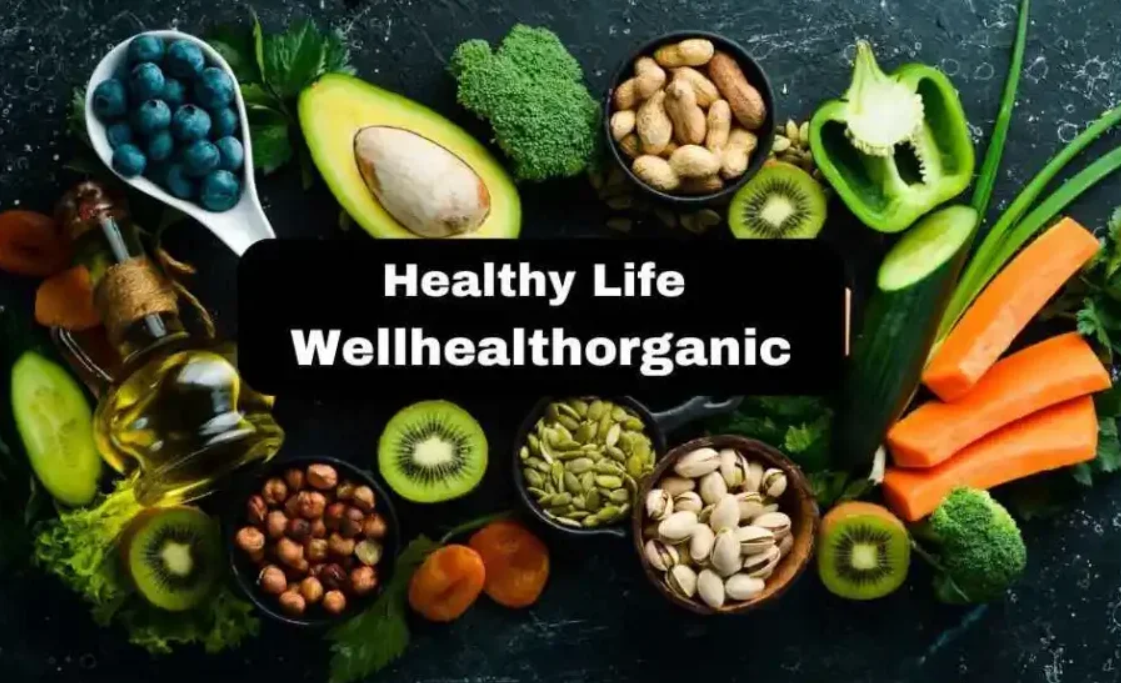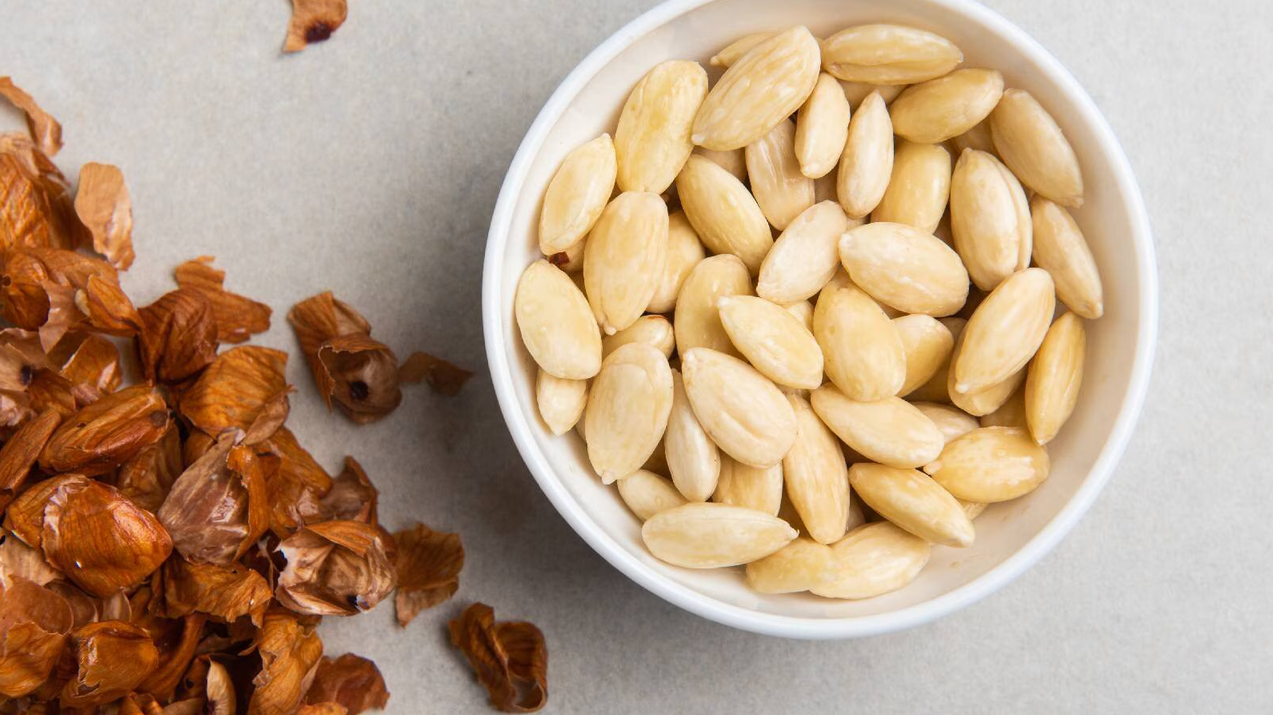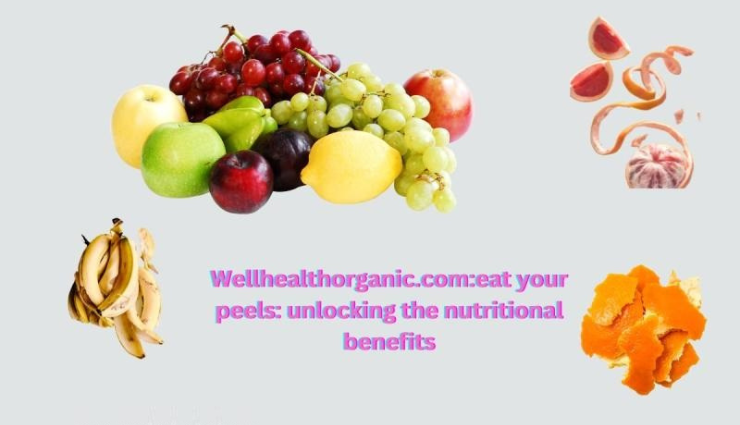We all unconsciously discard the peels of fruits and vegetables because we think that they are garbage. However, as indicated by revelations by Wellhealthorganic.com, the discarded skins are usually nutritional goldmines. Peels of ordinary fruits such as apples, bananas and potatoes are rich in fiber, antioxidants and essential vitamins and provide a surprising health benefit.
This article goes into the science of these underrated superfoods that opens the door to the great potential behind the things you leave in your kitchen. In case you are serious about clean eating and waste reduction, you should learn how to eat your peels as it can become a part of your daily wellness routine.
About Wellhealthorganic.com
Wellhealthorganic.com is a credible source of natural health, beauty, ayurveda and fitness information. With the mission of spreading organic and sustainable wellness, the site provides content supported by experts such as detox advice and nutrition based on peels as well as scientific research and ancient medicine. With research-based and well-researched content and review by wellness writers with long experience, it builds good Expertise, Authority, and Trustworthiness in the field of organic nutrition.

The Hidden Nutrients in Peels
Do not discard those apples, bananas, potatoes, carrots, citrus, kiwi, or cucumber peels because they are considered as nutritional powerhouses. The skin of apples may have 332 % more vitamin K, 115 % more vitamin C, and much more vitamin A, calcium and potassium than peeled apples.
Vitamin C, potassium and magnesium and phosphorus are 175, 115, 110, 110 percent higher in potato peels respectively and even folate than peeled potatoes. Banana peel contains much fiber, sometimes more than the flesh and high content of potassium, magnesium, calcium, polyphenols, flavonoids, and carotenoids.
Kiwi peels alone contain approximately 50 % additional fiber, 34 % folate and 32 % vitamin E. In general terms, peels contain dietary fiber, antioxidants, vitamins A, C, K, flavonoids and essential minerals such as potassium and magnesium, which are supported by scientific research.
Health Benefits of Eating Peels
Unpeeled fruits and vegetables contain more than extra crunch: they provide a health bonus:
- Digestive Health: Peel fiber feeds the bacteria in the gut promoting regularity and digestive ease. Banana peels in isolation have 3-7 g of fiber per 100 g and assist with bowel movement and satiety.
- Immune Support & Anti-Aging: High in polyphenols, flavonoids & carotenoids, peels fight oxidative stress and neutralize free radicals, possibly slowing down aging and inflammation.
- Weight Management: The high fiber peels extend the feeling of fullness, which limits the total amount of calories consumed, which is a scientifically proven weight-loss support.
- Heart Health: Peels provide potassium and polyphenols that assist in lowering blood pressure and cholesterol levels. A single study demonstrated that banana peel bioactives possess anti‑atherosclerotic properties.
- Glucose Regulation: Dietary fiber and antioxidants reduce the rate at which glucose is absorbed, which helps to control blood sugar levels, which is useful in regulating the risk of diabetes.

These advantages are based on both observational and controlled studies, which makes them even more valid in terms of practical effects.
Safe Consumption Tips & Precautions
Clean peels properly:
Wash the produce with cool running water and scrub firmer produce (such as apples, potatoes, carrots, cucumbers) with a vegetable brush and then peel or eat. To have a deeper clean soak in a 1:3 ratio of vinegar to water ~2 minutes then rinse-studies have found this can kill up to 98 percent of surface bacteria and pesticides.
Know when to avoid peels:
Avoid peeling fruits and vegetables that are heavily sprayed with pesticides, those that are heavily waxed, or those you cannot scrub well. Residues are limited by washing, but not removed completely.
Peels to skip:
- The skin of avocado is normally hard and not very palatable.
- Urushiol, the same allergenic agent that causes poison ivy rashes-can be found in mango peels, particularly in sensitive people.
- Green potato skins/eyes can have solanine, a poisonous compound- do not use green or sprouted.

Include chef/nutritionist tips:
Organic chefs also advise that people should wash produce first then peel it to prevent moving the grime. Established dietitians recommend using small doses of peel, developing tolerance and watching the texture preferences.
With these experience-proven habits, you are safe to enjoy the nutritional abundance of the peels, and you can do this when properly cleansed and ingested.
Read Also: Houston Rockets vs Lakers Match Player Stats Breakdown
How to Include Peels in Your Diet
You may add fruit and vegetable peels to your meals and make them tasty. First, you can add citrus zest to your salads, marinades, or baked products to get a taste and antioxidants. Add apple, pear, or kiwi skin to the smoothies to add some extra fiber without changing the taste. Cut up roast potato skins and sprinkle with olive oil and herbs to have a crunchy snack. Watermelon rinds can be pickled or carrot peels can be grated into soups and stir-fry to add texture.
Nutritionists usually suggest storing peels in the fridge during the week to make a fiber-rich broth or veggie chips. In one case, a health coach described how she increased the flavor of green tea and the vitamin C content by adding lemon peel. And dietitians concur: The key to unlocking the full nutritional promise of these peels is easy to open the door with the familiar peels and a simple preparation technique as cooking skills are not required to be fancy.
Final Word
Not only is it good to eat fruit and vegetable peels, it is a clever move towards improved nutrition and reduced food wastage. Peels are rich in fiber, vitamins and antioxidants, and they can make ordinary meals nutritious. With well-researched information on Wellhealthorganic.com as a guarantee, this is one of the easy habits that contribute to the wellbeing of the planet and yours. Begin with a few small steps, such as adding a little zest or roasted peel to your diet today, and get more wellness ideas with professional support at Wellhealthorganic.com to make your natural lifestyle even healthier.
Read More: The Spark Shop Baby Jumpsuit: Stylish, Practical, and Adorable
